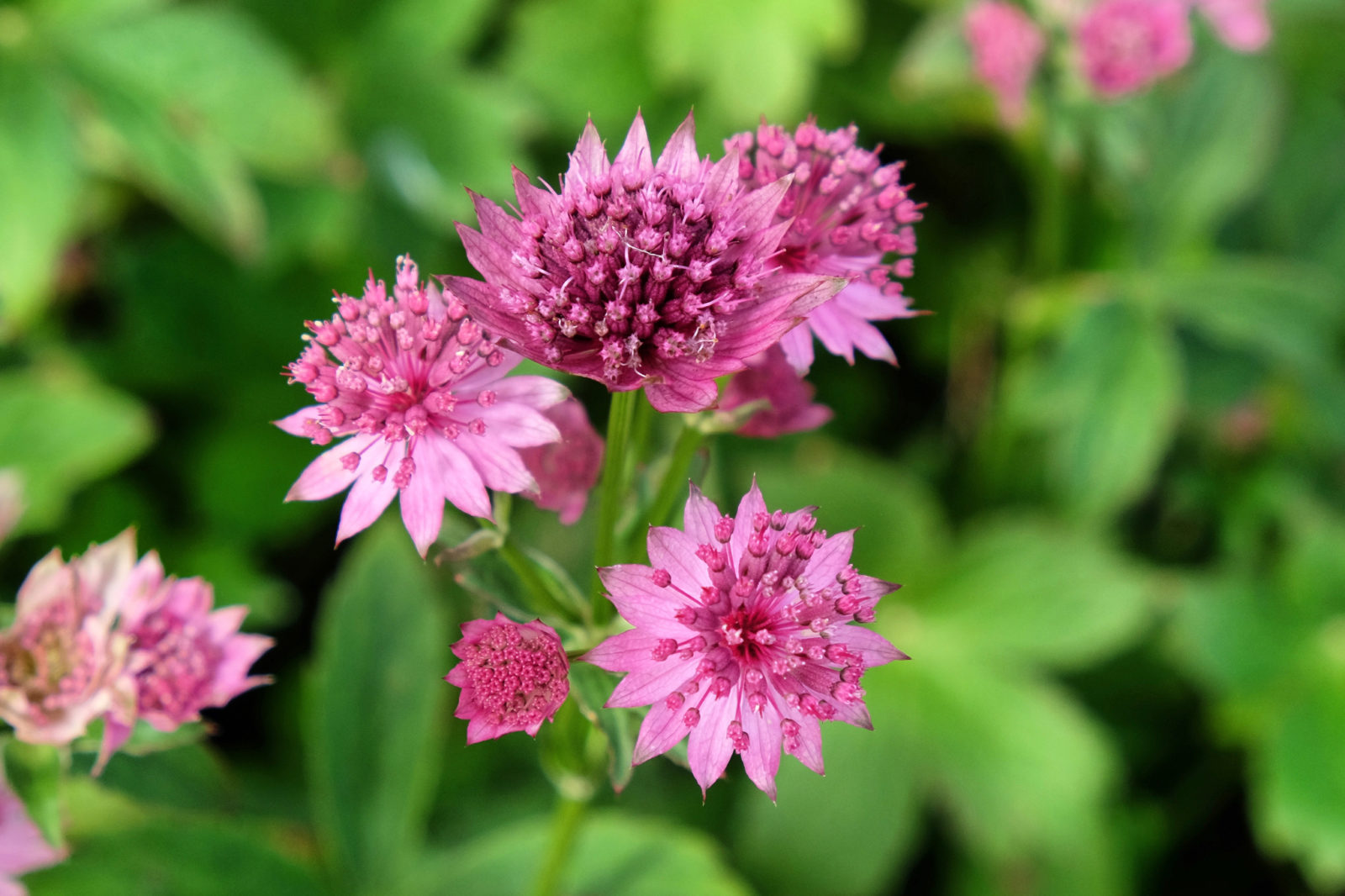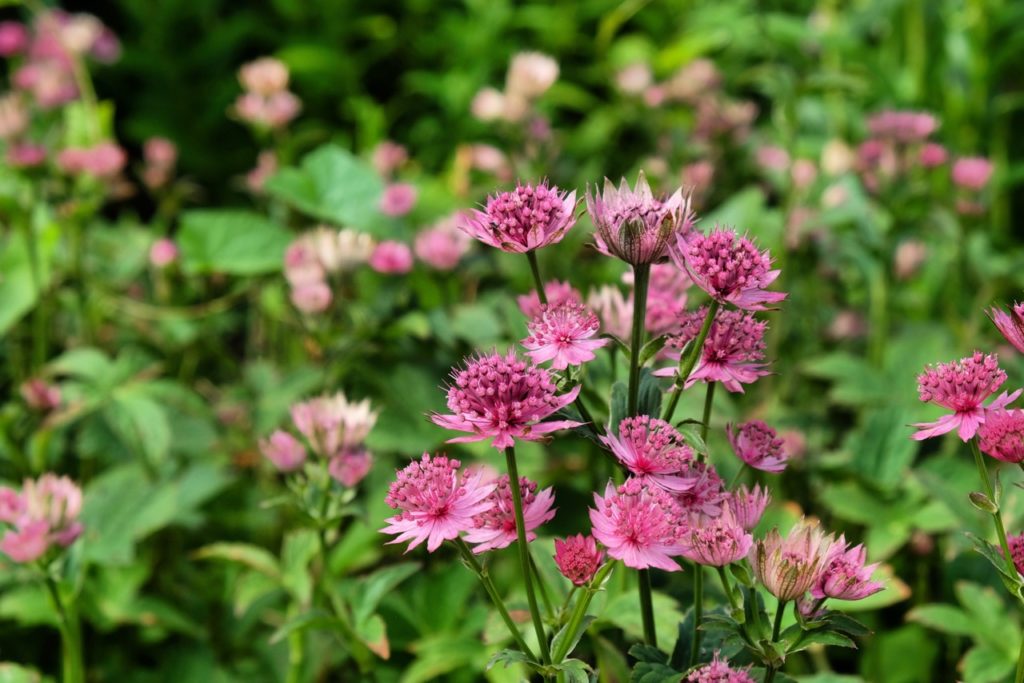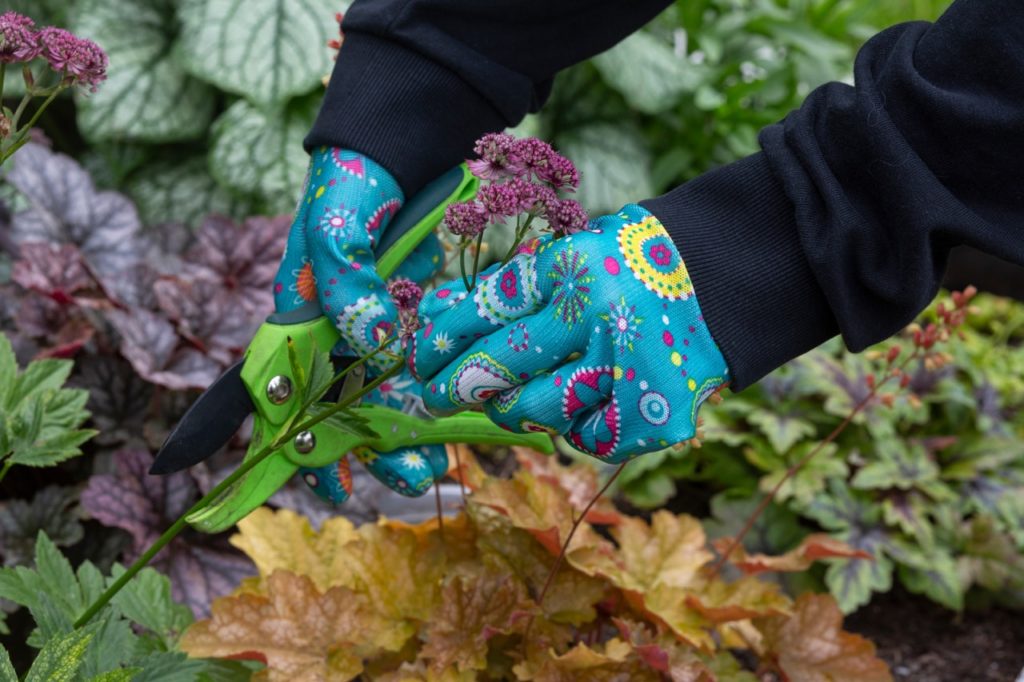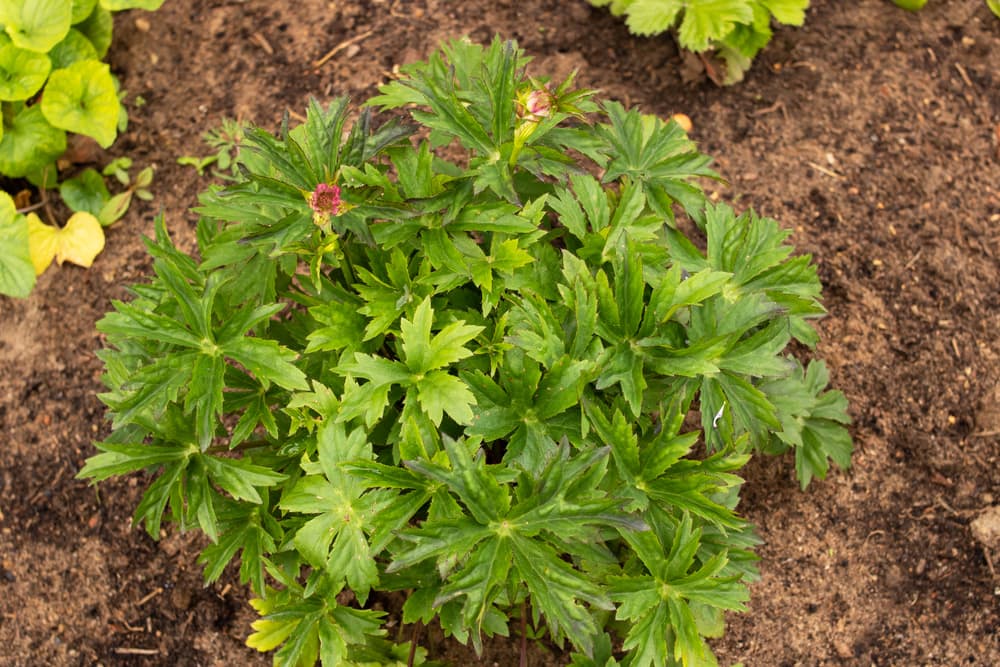‘Astrantia Can Be Cut Back After Their First Flush Of Flowers’ Says Silver-Gilt Award Winner

PERENNIALS > ASTRANTIA > PRUNING

Elizabeth is a Permaculture Garden Designer, Sustainability Consultant and Professional Writer, working as an advocate for positive change. She graduated from the University of St. Andrews with an MA in English and Philosophy and obtained a Diploma in Applied Permaculture Design from the Permaculture Association.
Reviewed By ROY NICOL

Roy is a Professional Gardener and Horticultural Consultant, specialising in large garden year-round maintenance and garden development. He is an RHS Master of Horticulture and uses his research in the application of no-dig methods in ornamental garden settings. Roy has been a Professional Gardener for more than six years and is a member of the Chartered Institute of Horticulture, Professional Gardener's Guild and Association of Professional Landscapers (Professional Gardener).
Contributions From CAROLINE SAMUEL

Caroline Samuel is the owner of specialist plant nursery Letham Plants. Caroline studied Horticulture at Oatridge College and during this time began growing a range of perennials that she then exhibited at major flower shows. For the last 10 years, she has specialised in Astrantia both as a garden plant and as a cut flower - culminating in a Silver Gilt Award at RHS Chelsea in 2022 for her specialist range of Astrantias.
Astrantias are a great choice for a perennial border, thriving in moist, dappled shade.
They are extremely easy plants to grow and care for, making them a great choice for reasonably low-maintenance gardens.
As long as Astrantia are grown in a suitable location, they will really require very little care.

Just make sure that you meet the plant’s water needs and choose the appropriate times to deadhead and prune your plants.
To keep Astrantia healthy and looking its best, there are two main times to cut back:
- Cut back flowering stems after flowering in summer to encourage a second flush of flowers.
- Cut back hard in autumn or in March before new growth emerges.
Find out more about these processes of deadheading and cutting back Astrantia below.
| Difficulty | Easy |
| Equipment Required | Secateurs |
| When To Prune | March or July |
When To Prune Astrantia
To encourage more blooms to form, it is a good idea to cut back the flowering stems to the base as soon as the first flowers begin to fade in around early July.
This encourages new flowering growth which prolongs the flowering period.
You can also cut back Astrantias hard to remove all the dead seed-head stems and foliage.

This is a job that you can undertake in autumn to keep things looking neat, however, I’d actually recommend that you hold off on this job until March.
Leaving herbaceous perennials in place over winter gives food and shelter for wildlife, so this is the best choice for a wildlife-friendly garden.
Cutting back in March, however, ensures that there is plenty of space, air and light for new growth which will emerge in the spring.
1) Deadhead In Summer
Astrantias will usually begin to bloom in June.
Deadheading will help to prevent the plant from creating seeds and instead prolong the flowering period by encouraging further flower formation.
“Astrantia can be cut back after their first flush of flowers, as most varieties will then re-flower the same year,” explains Caroline Samuel from Letham Plants.
As the first flush of flowers begin to fade and before they go to seed, simply take a clean, sharp pair of secateurs or gardening shears and cut off the flowering stems at the base.
“Cut back your Astrantia, leaving about 3cm on the plant,” says Caroline.
“The foliage can also be cut back if looking a bit messy.”

Remember, however, that you might also harvest the flowers for floral displays inside your home.
Cutting the flowering heads off before they fade, you can hang them upside down in a dry and warm location to dry.
Astrantia keeps well once fully dried and can be used to create attractive displays.
“You can then cut them back again in October or leave them until the spring,” Caroline adds.
“Some varieties are prolific self-seeders, so to avoid this, cut the flower heads off before the seeds fall.”
2) Cut Back Hard In March
Cutting back dead stems and foliage of Astrantia hard in March will ensure good conditions for new growth in spring.
Simply take secateurs or gardening shears and cut off all the old, dead growth at the base.

This material can then be added to your composting system so that the nutrients it contains can be returned to the system.
After cutting back Astrantia, this is a good time to add a mulch of organic matter around your plants.
An organic mulch helps to provide fertility and moisture retention, thereby reducing the risk of powdery mildew infection which is encouraged by dryness at the roots of plants.
Mulching annually after pruning in early spring should help keep your Astrantia growing strong.
